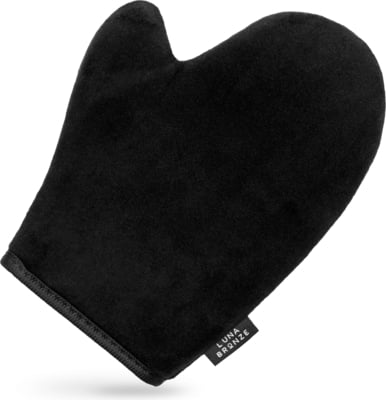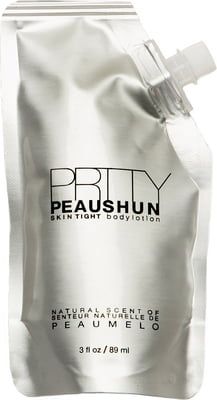The Perfect Self-Tanner for a Streak-free, Natural Tan
Summer is slowly coming to an end and that glowing tan we've been working on is starting to fade. However, nourishing self-tanning products can extend the life of your tan in a sunless way. Incidentally, sun-tanners that do not protect the skin against UV rays are the most skin-friendly, giving your skin a sun-kissed appearance for several days. So, start getting used to receiving "Wow, have you just gotten back from vacation? You're so tanned!" compliments. There are a few factors to consider in order to achieve streak-free and stain-free results. But don't fret, our self-tanning guide will provide you with all the tips and tricks you need to sport a flawless, sunless tan in no time.
How do self-tanners work?
Most self-tanners contain an active ingredient called DHA (dihydroxyacetone) which is a colourless, plant-based carbohydrate, or erythrulose derived from organic sugar. Some formulas contain a mixture of the two. The harmless sugar molecules react with the keratin found in the skin cells, resulting in a tanned surface in the upper layers of the skin after 2 to 6 hours. The composition of these substances differs from person to person therefore the tanning results may vary.
Which self-tanner should I use?
Self-tanners are available as sprays, wipes, lotions, gels, creams or foam. The effect is the same, so the kind of product you opt for is simply a manner of preference. Your individual skin type is one factor that needs to be taken into account when out shopping for self-tanners. A spray, gel or foam may be a better option for oily skin whereas creams and lotions may be a better fit for dry skin. Furthermore, be sure to use a different formula for the face as opposed to the body, as the skin of the face has a thinner structure than that of the body. The Gradual Glow Pads by Dr. Dennis Gross are exfoliating pads with a self-tanning effect specially developed for the face to give it a holiday glow.
Cosmeterie tip: if the self-tanner that you use is too dark for your complexion, simply mix it with a little body lotion.
How to avoid an orange hue
A light orange hue tan does not necessarily mean that you are using a bad quality product. Rather, it's an indication that the skin's acid mantle is imbalanced. It is advised to check that the compatibility of your cosmetics matches your individual skin type as these may be too aggressive for your skin.
What to consider when prepping the skin
For an even, spotless finish it is essential that dead skin cells and hair are removed before applying a self-tanner. The smoother the surface, the more flawless the finish. It is thus recommended to exfoliate the skin and remove the hairs prior to self-tanning. The Gel Douche Gommant by Bronz'Express smooths rough areas of the body thanks to the fruit acids and mild exfoliating particles contained in the formula.
Cosmeterie tip: Hydrated skin is better at absorbing self-tanners, therefore, we advise applying a thin layer of body lotion to the skin after hair removal and prior to self-tanning.
How to apply a self-tanner
It is best to apply self-tanner with a special glove designed for fake tan applications, like the Tanning Mitt by Luna Bronze. This protects the hands against staining and results in an even finish. Wash your hands after application and allow enough time for the self-tanner to absorb into the skin to ensure an even tanning result.
Not a fan of self-tanners?
If you're not a follower of the self-tanning movement, don't fret. We have one more "trick" up our sleeves: tinter body lotions! Tinted body lotions deliver a hint of colour with a soft-focus effect, concealing imperfections such as small scars, pigmentation spots and tiny blood vessels. Our pick is the Skin Tight Body Lotion by PRTTY Peaushun available in 4 different shades.
Latest reviews
-
 4.9 (14)
4.9 (14)Paula's Choice Clinical 1% Retinol Treatment, 30 ml
Bestseller- Suitable for all skin types
- Smooths over fine lines
- Stimulates cell renewal
$69.41 ($2,313.74 / l)Delivery by December 18
-
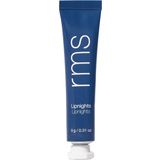 5.0 (2)
5.0 (2)RMS Beauty Lipnights Sleepover - Overnight Lip Mask, 9 g
- Rich in vitamin C & antioxidants
- Smooths & repairs
- Can also be used during the day
$26.39 ($2,932.75 / kg)Delivery by December 18
-
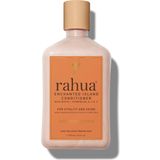 4.6 (5)
4.6 (5)Rahua Enchanted Island Conditioner, 60 ml
- For all hair types
- Strengthens the hair follicles
- With nourishing vitamins & antioxidants
$11.73 ($195.52 / l)Delivery by December 18
Magazine Articles:
Discover Cosmeterie:
-
Get at least 1 free sample
per order -
Delivery in 3 business days.
-
We operate in a
climate-conscious manner. More than 5.900 products

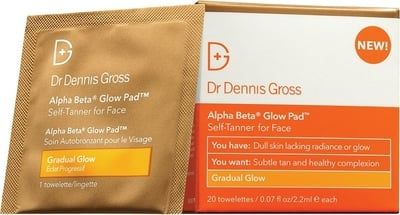
.jpg)
